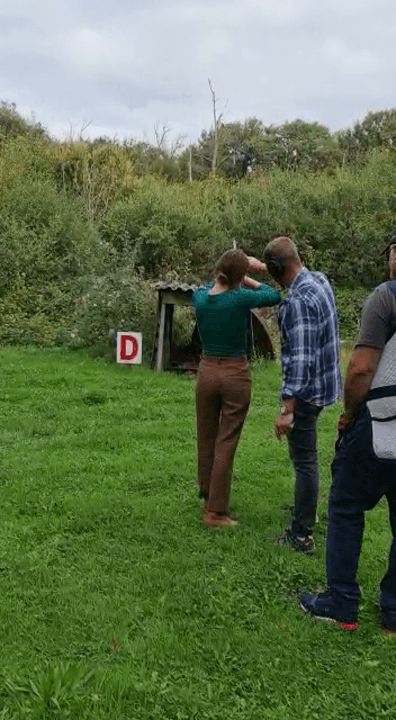
🚨COUPE DES DAMES 🚨 N'oubliez pas dans moins d'une semaine se tiendra la Coupe des Dames à Ormoy. C'est un concours de meutes multi gibiers conduites et jugées exclusivement par des femmes ! 🦌🐗🐕 Venez découvrir un magnifique mode de chasse sans armes juste, et pas des moindre le travail des chiens et la complicité avec leurs maîtresses. Pensez à réserver rapidement vos repas du samedi et dimanche midi et le samedi soir Camion pizza à la salles des fêtes ⚠️ Nos partenaires : ▪️ Les Cybèles de Haute Saône ▪️ Nature Dog ▪️ Les Bichettes Chassent ▪️ Nature en Gravure ▪️ Découpe laser du Velay 🚨On vous attends nombreux
Post: 27 February 09:26















































